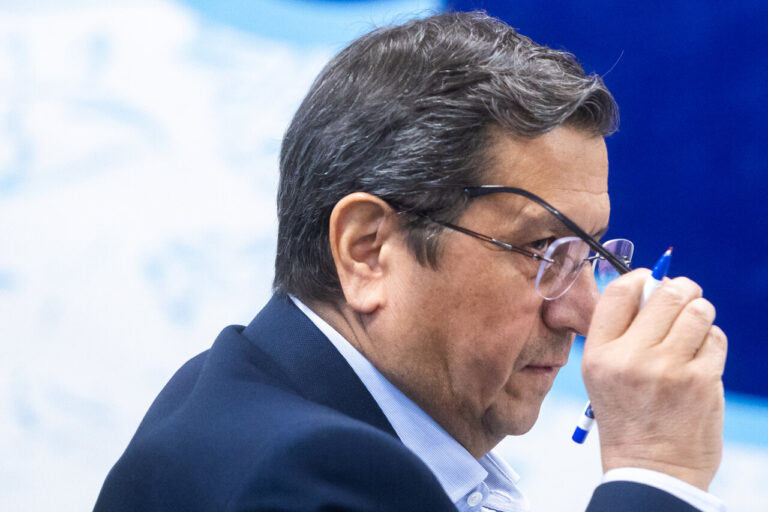Massive Gold Heist: Thousands of Gold Bars Confiscated from Bank of England
In recent developments regarding the gold market, Bank of England officials have observed a significant uptick in activity from traders following a notable divergence between gold futures in New York and cash prices in London. This situation has prompted the bank to address various concerns raised by market participants.
According to Dave Ramsden, the deputy governor of the Bank of England, there has been a surge in requests from traders who are reacting to the current market conditions. As gold prices continue to fluctuate, the implications for traders and investors are becoming increasingly critical.
One of the key issues highlighted by Ramsden is the extended wait time for withdrawing bullion held in the bank’s vaults. What used to take just a few days has now escalated to several weeks, raising concerns among traders who rely on timely access to their assets. Ramsden elaborated on the growing apprehension surrounding potential trade duties that may be imposed by the US president as part of a broader trade conflict.
The Bank of England manages an impressive reserve of over 400,000 gold bars, primarily held on behalf of other banks and gold traders. Additionally, a portion of the UK’s gold reserves is maintained at the Bank on behalf of the Treasury.
In a related context, Ursula von der Leyen, the head of the European Commission, recently emphasized the European Union’s (EU) commitment to defending its interests in its dealings with Washington. She asserted that the EU would adopt a firm stance should the US decide to impose unfair tariffs on European goods. This statement highlights the significance of US-EU trade relations, which are valued at approximately €1.5 trillion, supporting jobs across both regions.
Despite these tensions, von der Leyen noted that there have been no formal negotiations regarding tariffs between the US and the EU, as there has been a lack of communication from Washington to Brussels.
Earlier this year, on February 5, the Financial Times reported on the potential for division within the EU regarding retaliatory measures should the US impose duties. This commentary came in light of preparations for a possible trade conflict with US President Donald Trump.
On February 1, President Trump signed an executive order imposing a 25% trade tariff on goods imported from Canada, China, and Mexico. He also signaled intentions to extend tariffs to goods from the EU, a move aimed at curbing the flow of the opioid fentanyl across the border while addressing immigration concerns.
As the situation evolves, here are some key takeaways regarding the current state of the gold market and international trade relations:
- Increased Trading Activity: Traders are responding to the disparity in gold prices between futures markets and cash markets.
- Withdrawal Delays: The wait time for withdrawing gold from the Bank of England has significantly increased.
- Potential Tariffs: Concerns are mounting over possible new tariffs imposed by the US on bullion and other goods.
- EU’s Stance: The European Union intends to maintain a strong retaliatory position against unfair tariffs from the US.
- Trade Value: US-EU trade is valued at €1.5 trillion, impacting jobs in both regions.
In conclusion, the interplay between the gold market and international trade relations is complex and fraught with challenges. As traders navigate these uncertainties, the response from both the Bank of England and the European Union will be crucial in shaping the future landscape of trade and investment. Stakeholders in the financial markets are closely monitoring developments to anticipate shifts that may affect their strategies and operations.






